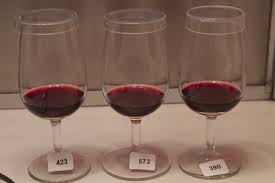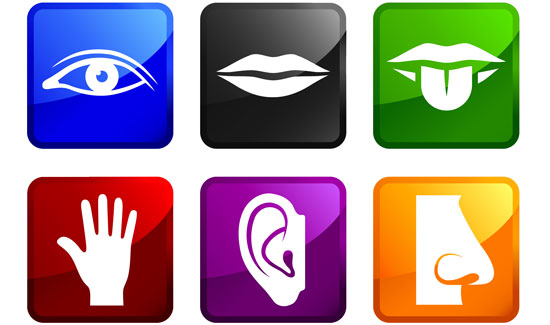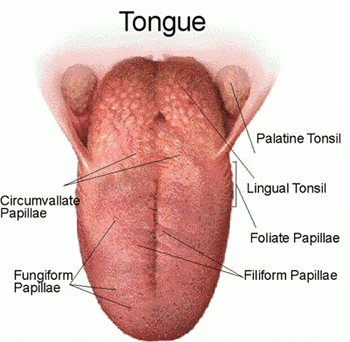Why You Should Embrace Sensory Evaluation Techniques When You Taste Wine

Sensory evaluation. What is it?
Many courses are available to teach you about wine, winemaking, wine styles, and wine regions; usually they are labelled “wine appreciation classes”.
However few courses teach you how to taste wine and the scientific foundations to help you become a better taster.
Wine sensory evaluation and wine appreciation do differ not only on semantics, but also on objectives. The former uses scientific methods to characterize wine attributes in an analytical way, the latter uses the taster technical knowledge as cues to grade the wine quality overall.
Let's explore more.
Sensory Evaluation versus Appreciation
What is the difference between Evaluation and Appreciation?
The Merriam-Webster dictionary defines these two concepts as such:
Evaluation is
- to determine or fix the value;
- to determine the significance, worth, or condition of, usually by careful appraisal and study.
Appreciation is a favorable critical estimate, when used as a judgement or evaluation.
I often describe sensory evaluation as the analytical tasting and wine appreciation as the technical tasting.
Wine appreciation tends to be positive and linked to your personal preference
Wine appreciation is a technical evaluation of the wine sample, usually with full disclosure of the varietal, region of origin, vintage, and price. This is the wine tasting approach that is mostly used in the wine industry.
All this information enables you -the taster- to benchmark the wine sample against your prior knowledge of the varietal, or the region of origin etc. and to make comments about the sample's perceived quality. However, all this information can bias your sensory experience, by creating high or low expectations.
Don’t read me wrong! Experts and wine professionals do participate in blind tastings, often during wine award competitions, in which most of the information is blind. However, most blind tasting I participated in provide some context or a theme to the tasters so they can calibrate their wine evaluation. Often, the varietal or region are disclosed.
Wine appreciation consists of both a technical and a hedonic evaluation of wines, using certain principles borrowed from sensory methodology. You follow a sequence to assess the appearance, aroma, taste, body, and persistence in mouth. Very little attention is paid to the psychological and physiological biases that can occur in wine tasting and affect your appreciation.
Wine Appreciation leads you to assess the “quality of the wine” by judging your perceptions in relation to the potential sources, i.e. the grapes, the winemaking or even the soil where the grapes were cultivated. Eventually, the evaluation becomes highly intertwined with your own likes and dislikes.
Sensory evaluation examines all aspects without preconceived ideas
The sensory community defines sensory evaluation as
“a scientific discipline used to evoke, measure, analyze, and interpret reactions to those characteristics of foods and materials as they are perceived by the senses of sight, smell, taste, touch, and hearing” (IFT, 1975; Stone and Sidel 1993).
Sensory methods disclose minimal information on the tasting objectives, meaning you -the taster- don’t have access to information that may bias your sensory experience.
The sensory methods are designed to address two key questions with objectivity:
- Are the wine samples perceptibly different?
- If yes, on which attributes are they different?
These methods follow rigorous protocols that are standardized under ISO to minimize any biases that may alter your perceptions.

Sensory Evaluation enables you to break down your perceptions and share them objectively, i.e. without your personal biases of liking or not liking the wine.
Isn't it more fair to the wines?
Can you see the differences between the two concepts?
Photos below illustrates the setting for an analytical tasting (left) and a wine appreciation tasting (right).
Wine sensory methods were perfected and taught at UC Davis under Prof. Amerine, Prof. Noble, and today Prof. Heymann.
Sensory science is taught mostly at the college or university level within the food science or wine science programs. Several text books are available to learn the sensory methodologies.
Becoming a better taster means becoming aware
I do believe that in order to appreciate wines, you need to create a self awareness of your own biases and how sensory perceptions can be tricked.
Therefore, if you are a novice wine taster, you should start by learning the fundamentals on how wine perceptions are evoked through the five senses and what are the biases, aka tasting errors, that may affect them. Then, move on to tasting techniques and developed their skills using simple tools.
If you are an experienced taster, it is a good idea to revisit your practice and improve your standards to adopt basic sensory evaluation techniques.
Are you ready to embrace sensory evaluation to improve your tasting skills?
Start here!
Home > Sensory Evaluation









